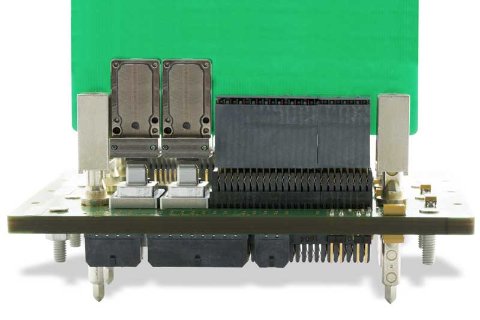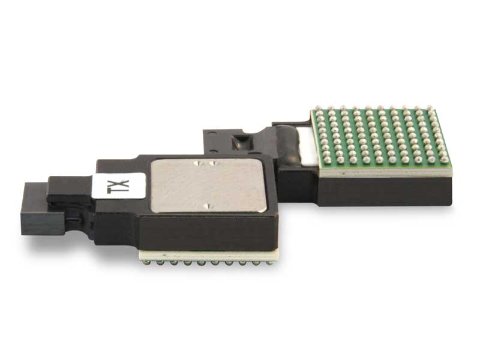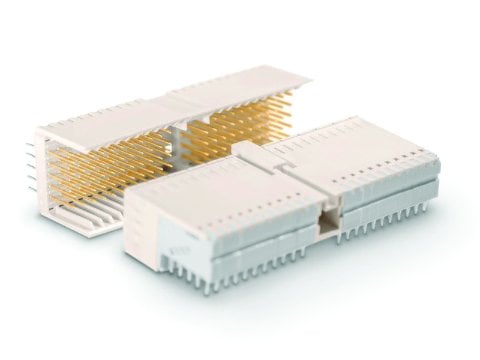- Micro twinax available in threaded, quick disconnect, SMA and Micro-D size packages
- 25% smaller in diameter than SMA coaxial connectors
- Controlled impedance with tightly spaced PCB footprint spacing
- Cable assembly options available
- Featuring Sabritec technology
Micro quadrax connectors maintain the signal to shield impedance throughout the mated connector pair (quad configuration applications exceeding 1 Gbit/sec) and are available in threaded versions including straight and right angle cable mount and PCB mount configurations. Micro Twinax line features matched impedance miniaturized connectors that provide the user with controlled impedance and tightly spaced PCB footprint spacing. These connectors are available in true differential twinax packages of NDL, SMA and Micro-D size shells. The NDL Micro Twinax Series is offered in threaded and quick disconnect styles and are 25% smaller in diameter than SMA coaxial connectors. The quick disconnect version has a diameter of .250" max and the threaded version has .250" Hex coupling nut.







